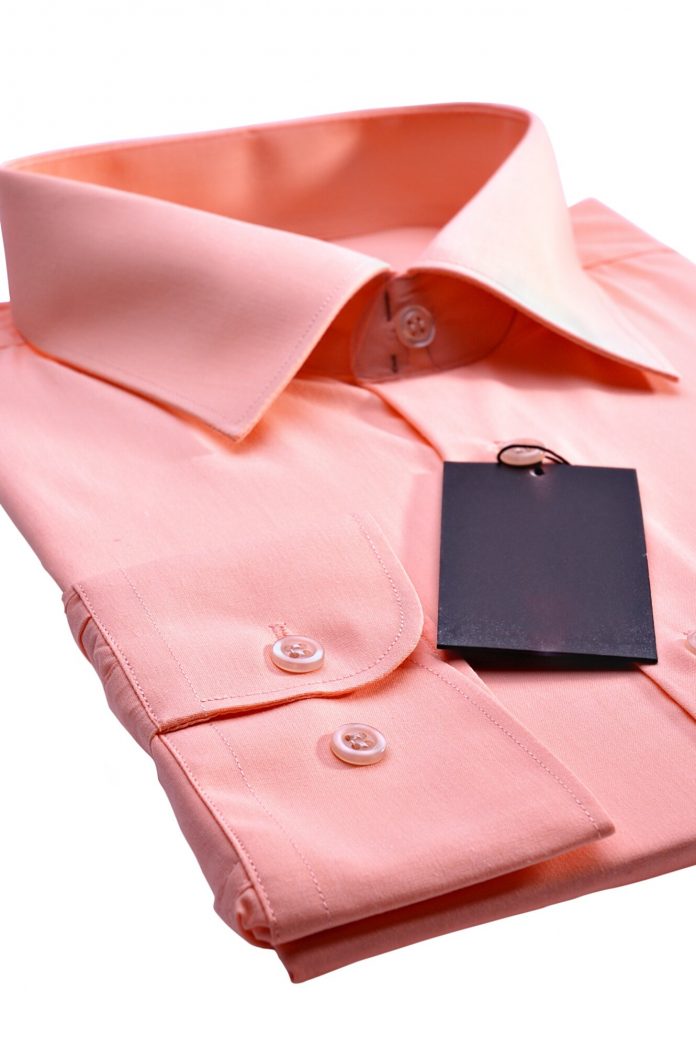Computer-aided design (CAD) has been a godsend to the garment manufacturing and design industries. It allows for productivity and efficiency that can never be matched by a traditional pen-and-paper design.
There’s also computer-aided manufacturing (CAM), which garment makers use to control the machines that make their clothing. Plus, robotic automation is becoming ever more prominent in the clothes-making world.
In this article, we’ll look at how factories use programming in the garment manufacturing process. We’ll focus on CAD, CAM, and robotic automation technologies.
CAD and CAM Garment Manufacturing
In the fashion and textile industries, CAD and CAM have become important design and manufacturing systems elements. While the rise of online virtual processes is advancing, the fashion and textile industries still require physical prototypes.
Designers now use virtual 3D prototype platforms, such as Marvellous Designer or Modaris 3D fit. They use them to visualize 2D designs into 3D virtual prototypes.
Other applications, such as Optitex 3D runway, provide a 3D simulation. The simulation illustrates the fit of the garments and the drape of the cloth to the user. Designers may construct virtual catwalks using tools like Marvellous designer and Optitex 3D runway.
Also, on the more technical side of things, manufacturers may need to use c# read csv, for example.
Applications for CAD and CAM
There are four key applications that all require CAD when dealing with textiles in garment manufacturing. One of the applications integrates CAM.
Let’s now check out the various applications of these technologies to design and make clothing. These are general categorizations; in reality, the processes may be more complex.
Fabric Design With CAD
Structural and surface design are part of the fabric design process on CAD. CAD stimulates all sorts of fabrics and allows you to plan color schemes, intricate weaves, and other details.
The program can produce an unlimited number of design variations. And, it can build a pattern based on the design thanks to its powerful capabilities. You can also create pretty much any weave pattern.
Apparel Design With CAD
For the most part, Apparel design is about the shape of the garment. Yet, you also need to include any adornment or patterns you want to place on the garment.
You can now do all of this on a computer system. CAD allows us to design the garment, test color combinations, make adjustments as needed, and document the process.
Pattern Making With CAD
Manufacturers use CAD a lot for pattern making. It’s typical to see garment export houses, fashion schools, and large-scale garment businesses using it.
So now, manufacturers can complete the once cumbersome and challenging process of pattern creation with simplicity and accuracy thanks to CAD.
CAD and Cutting Room Operations
In the cutting room, manufacturers use CAD for marker creation. This may be done automatically or manually using a sophisticated algorithm that maximizes material use.
They’re also linked to a CAM system, which includes spreading and cutting equipment. It also contains instructions for the spreader on how to get ready to spread the work.
Robotic Automation
For a long time in the garment manufacturing industry, human labor seemed immune to robotic automation. However, times are changing.
Labor costs are climbing in developing countries while technology costs are dropping. Robots are much more sophisticated now and can do many tasks that only humans could do before. So, it looks like more and more robotic automation will enter this industry in the coming years.
Learning About Garment Manufacturing
This short post summarizes some of the garment manufacturing processes that the industry uses today. CAD and CAM technology are at the center of its success. And, robotic automation looks to be its future.
Many thanks for reading through this article. If you found it helpful, why not check out our blog for similar type posts.







